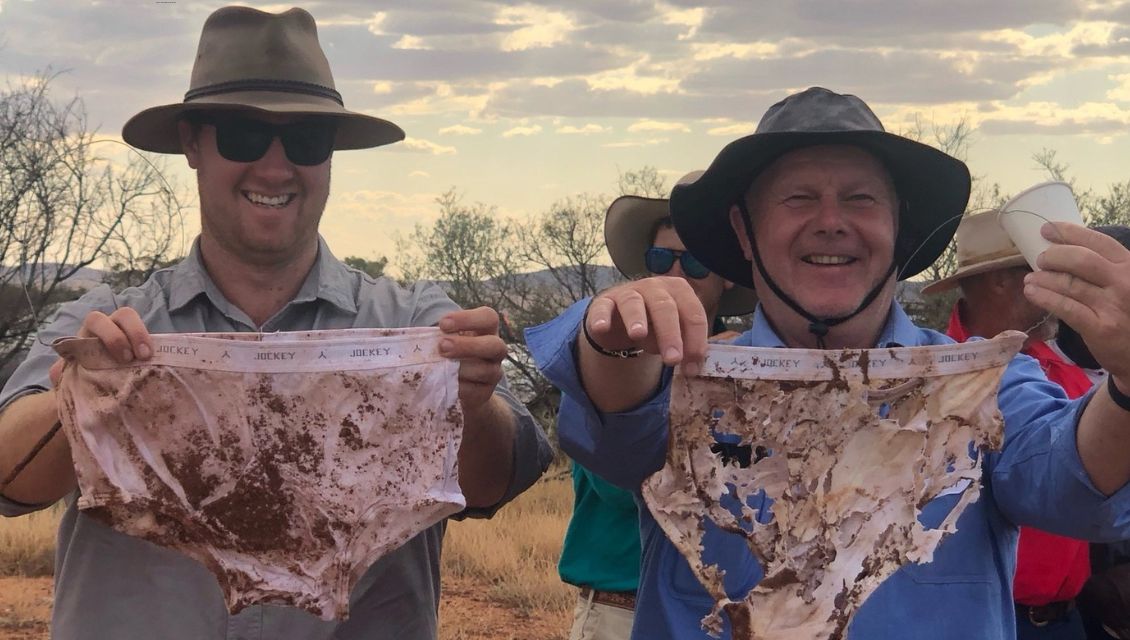
Thanks to the Marna Banggara project, the brush-tailed bettongs, known to the Narungga people as yalgiri, have made a historic return to southern Yorke Peninsula.
These fascinating marsupials have been absent from this region for more than a century, their presence dwindled by threats like foxes, feral cats, and habitat loss. Now, they're back and it's time to celebrate.
To mark this special occasion, visitors to the Dhilba Guuranda-Innes National Park can engage in a unique and educational activity these school holidays, on now until Monday 29 January 2024.
Here's how to get involved:
1. Start your adventure: Head to the Dhilba Guuranda-Innes National Park Visitor Information Centre to grab an activity sheet or download one at Adventure Quest. This sheet is your key to unlocking the mysteries of the brush-tailed bettong.
2. The activity: Armed with your activity sheet, answer five questions about these clever creatures. As you journey through the park, uncover clues hidden at five different locations. Each clue brings you closer to revealing a secret word.
3. Win a prize: All participants who complete the activity are eligible to enter a draw. What's at stake? A fantastic family pass to Adelaide Zoo.

The Marna Banggara project has been returning locally extinct species to the southern Yorke Peninsula in the hope to reinvigorate the ecological processes that ensure the bushland's health.
In 2021, 40 brush-tailed bettongs were translocated to the Dhilba Guuranda-Innes National Park. Another three translocations took place in June and July 2022 and June 2023, taking the total to 193 yalgiri.
This Adventure Quest activity is made possible through the collaborative efforts of the Northern and Yorke Landscape Board (NYLB), Zoos SA and National Parks and Wildlife Service.
The Marna Banggara project is jointly funded through NYLB, the Australian Government’s National Landcare Program, the South Australian Department for Environment and Water, WWF-Australia, and the Foundation for National Parks & Wildlife.
This story originally appeared in the Good Living newsletter and is republished here with permission.






